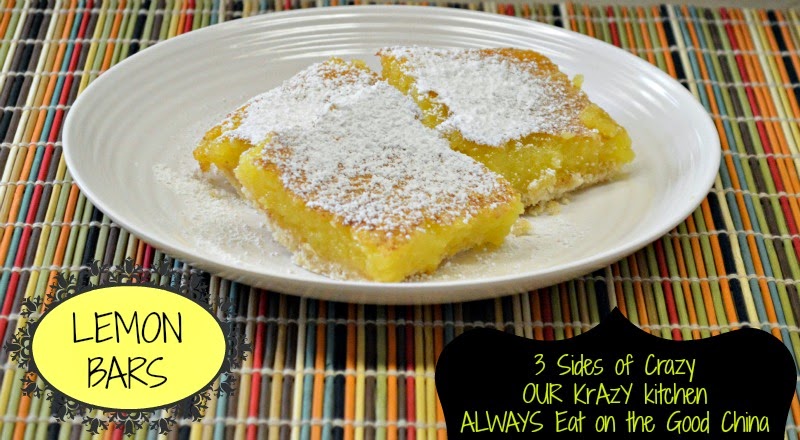Important points to Remember
- Don’t over work with dough with too much kneading.
- Don’t over work with butter, if butter starts to leaking, try to put it back in the refrigerator.
- Flour the area well so that dough won’t stick.
- Heat oil in medium temperature and fry the kronuts in low temperature otherwise outside become too dark soon and inside won’t cook properly.
Pastry cream is one of the building blocks of a great dessert. Delicious as is, it can also be flavored in an almost infinite number of ways to create the perfect touch for your cake, pie, or pastry. Make sure you have all of your ingredients and equipment on hand before you begin; once the egg yolks begin to cook, they won’t wait for you to find your strainer! This base recipe calls for 1/2 cup of sugar, which makes a pastry cream that’s just barely sweet. If you’re planning to use the pastry cream for a pie filling and you want it to be sweeter, increase the sugar to 3/4 cup.
Pastry Cream (I omitted)
Measurements by Volume:
3 cups whole milk
1/2 cup sugar
1/4 teaspoon salt
2 teaspoons vanilla extract or Vanilla Crush; or 1/2 vanilla bean, slit lengthwise
1/4 cup cornstarch
1 tablespoon King Arthur Unbleached All-Purpose Flour
4 large egg yolks
1/4 cup (1/2 stick) butter
1 cup heavy cream, whipped to soft peaks
- In a medium-sized saucepan, stir together 2 1/2 cups of the milk, the sugar, salt, and the vanilla bean. (If you’re using vanilla extract or Vanilla Crush, add it at the end.) Bring to a simmer over medium heat, stirring to dissolve the sugar.
- Meanwhile, whisk the cornstarch, flour, and egg yolks with the remaining 1/2 cup milk.
- Whisk some of the hot milk mixture with the egg yolks to temper them. This keeps the yolks from turning to scrambled eggs when you add them to the simmering milk.
- Pour the egg/milk mixture back into the remaining simmering milk. Doing this through a strainer will help prevent lumps later. Bring to a boil, stirring constantly with a whisk, until the mixture thickens.
- Remove from the heat and strain through a fine sieve. Stir in the butter and vanilla extract (if you’re using it). If you’re going to flavor the pastry cream with chocolate or some other flavor, this is the time to do it (see variations below).
- Rub a piece of butter over the surface of the cream, top with a piece of plastic wrap (make sure it touches the top of the pastry cream so it doesn’t develop a skin), then refrigerate until cool.
- To complete, fold the whipped cream into the cooled pastry cream.
Variations:
Butterscotch Pastry Cream: Add 1/4 teaspoon butter-rum flavor and/or 1 cup (6 ounces) butterscotch chips to the pastry cream after straining, stirring until the chips have melted.
Caramel Pastry Cream: Add 3/4 cup chopped caramel (7 1/2 ounces, or 21 to 23 unwrapped individual caramels) to the hot, strained pastry cream, stirring until melted and the mixture is smooth.
Chocolate Pastry Cream: Add 1 cup (6 ounces) chopped chocolate to the hot, strained pastry cream, stirring until melted and the mixture is smooth.
Hazelnut Pastry Cream: Omit the butter and increase the sugar to 3/4 cup (5 1/4 ounces). Add 3/4 cup (8 1/4 ounces) praline paste to the hot, strained pastry cream, stirring until combined.
Orange Pastry Cream: Increase the sugar to 3/4 cup (5 1/4 ounces). Add 1 teaspoon orange extract; 1/4 teaspoon orange oil; or 3 tablespoons orange zest to the hot, strained pastry cream.
Peanut Butter Pastry Cream: Add 3/4 cup (7 1/4 ounces) smooth peanut butter to the hot pastry cream, stirring until melted and the mixture is smooth. If you’re using a natural or freshly-made peanut butter, omit the butter from the recipe, or the pastry cream will be greasy.
Pistachio Pastry Cream: Omit the butter and increase the sugar to 3/4 cup (5 1/4 ounces). Add 3/4 cup (8 1/4 ounces) pistachio paste, or blanched pureed pistachio meats.
Easy Vanilla Glaze
5 ounces confectioners’ sugar or glazing sugar, sifted to remove any lumps
3/4 ounce light corn syrup
1/2 ounce butter, melted
1/2 to 1 ounce milk or water
1/2 teaspoon vanilla extract
Chocolate Glaze
3 ounces semisweet chocolate chips
1 ounce butter
7/8 ounce light corn syrup
1/4 teaspoon vanilla extract
Apple Cider Glaze
3/4 ounce bottled boiled cider
1/2 ounce heavy cream
4 ounces confectioners’ or glazing sugar
Easy Vanilla Glaze
1 1/4 cups confectioners’ sugar or glazing sugar, sifted to remove any lumps
1 tablespoon light corn syrup
1 tablespoon melted butter
1 to 2 tablespoons milk or water
1/2 teaspoon vanilla extract
Chocolate Glaze
1/2 cup semisweet chocolate chips
2 tablespoons butter
1 tablespoon plus 1 teaspoon light corn syrup
1/4 teaspoon vanilla extract
Apple Cider Glaze
2 tablespoons bottled boiled cider
1 tablespoon heavy cream
1 cup confectioners’ or glazing sugar
- To make the vanilla glaze: Stir the ingredients together, adding extra liquid or confectioners’ sugar to adjust the consistency as needed. Yield: about 1/2 cup glaze.
- To make chocolate glaze: Melt the ingredients together over low heat or in the microwave, stirring often. Add extra corn syrup if needed to make a smooth, shiny glaze. Yield: about 1/2 cup glaze.
- To make apple cider glaze: Stir all of the ingredients together, adding additional sugar or cream if needed to make the glaze the consistency of molasses. Dip top of doughnuts in glaze, or drizzle glaze over doughnuts. Yield: about 1/2 cup glaze.
- Once doughnut is no longer shiny, transfer it to a container with sugar and cinnamon and toss.






 This month our Baking partners challenge is “Bar” recipes. The recipes are for Lemon Bars, an all time favorite! and I adored the Chocolate Raspberry Walnut Bars too.
This month our Baking partners challenge is “Bar” recipes. The recipes are for Lemon Bars, an all time favorite! and I adored the Chocolate Raspberry Walnut Bars too.










